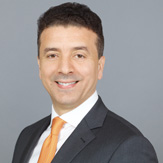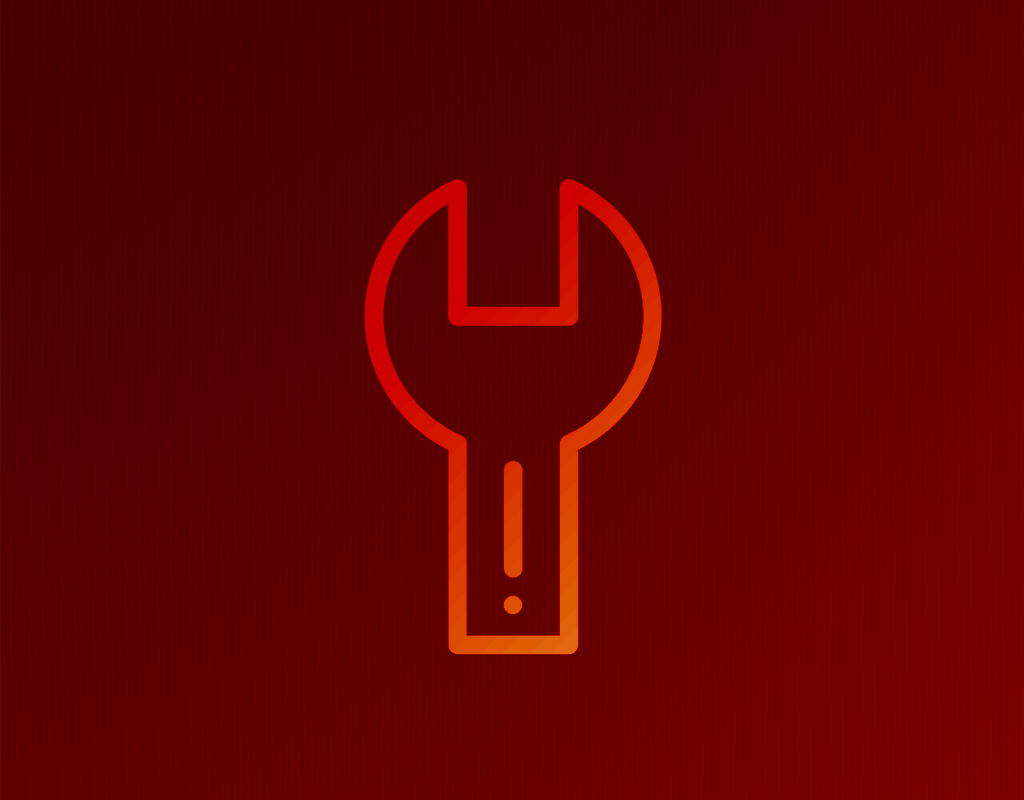 Previously, we’ve written about the global healthcare crisis, the current existing healthcare models and the problems with healthcare. One of the primary problems existing with each model is the many barriers to access and delivery of care and treatment. Access to healthcare is centralized to a limited number of intermediary players in a way that is costly, non-transparent, and inefficient[1]. It forces all of us to settle on whatever is given based on our locale and socioeconomic status, without having any real voice.
Previously, we’ve written about the global healthcare crisis, the current existing healthcare models and the problems with healthcare. One of the primary problems existing with each model is the many barriers to access and delivery of care and treatment. Access to healthcare is centralized to a limited number of intermediary players in a way that is costly, non-transparent, and inefficient[1]. It forces all of us to settle on whatever is given based on our locale and socioeconomic status, without having any real voice.
Access to care impacts patient’s physical, social, and mental well-being, as well as their overall quality of life. According to the Office of Disease Prevention and Health Promotion, people with a reliable source of care should have better health outcomes, fewer disparities, and lower costs. Yet according to the National Association of Community Health Centers, approximately 62 million individuals in the United States have limited or no access to primary care physicians as a result of shortages[2]. This number is widely expected to increase over the next several years as our population grows older[3]. With an absence of convenient access to primary care physicians, patients turn to alternatives like emergency rooms, urgent care clinics, or choose to not seek care at all. All three options are more costly to the healthcare system than providing access to appropriate physicians[4].
In America, there is one medical doctor for every 434 people[5]. It is important to note that physicians are not dispersed evenly throughout the country. Cuba, a country that has heavily emphasized medicine, has about 6 doctors for every 1,000 citizens[6] . Conversely, in much of developing Africa,there is less than one healthcare practitioner (not necessarily a doctor) for every 1,000 people[7]. India has fewer than 1 doctor for each 1,000 citizens.
Even in communities where healthcare exists, there are financial barriers to accessing care. Countries requiring but not providing health insurance or out-of-pocket payment put citizens at risk of delaying or forgoing treatment, hoping their ailments will go away. This increases costs overall as these same citizens are often treated in emergency rooms, and outcomes diminish because preventative treatment is all but forgotten.
Blockchain technology has enabled the first architecturally- and institutionally-decentralized healthcare system underpinned by cryptocurrency. An advanced P2P network can help pave the way towards a decentralized marketplace, connecting transacting parties worldwide with minimal intermediation.
Current Solutions
In order to solve this problem, we must create a system that is both affordable and globally accessible. Online portals can provide an opportunity for patients to access physicians beyond the sphere of their physical location. Since overhead costs are minimal for physicians to participate, prices per visit can decrease. Global market competitiveness will also drives prices down.
Future Solutions
Gains can still be made, as hundreds of thousands of patients are still without proper access. A common currency can aid the process of cross-border payments, encouraging physicians to provide services more globally. Adding in-person physician visits to the existing system will increase accessibility for patients who lack traditional health insurance, or for those who are able to travel to seek care at more reasonable prices.
Technology like blockchain will make care seamless no matter what care provider you visit. Adding online pharmacies to the platform can help get medicine to those who need it. Overall transparency will lower costs and promote better outcomes.
Conclusion
At HealthSapiens, we’re making this vision a reality with our existing medical platform and eradicating the common problems with healthcare. Do you dream of a better future with access to medical care for all? Follow us on social media @healthsapiens to join our journey!
About The Author
 Karim Babay is Chairman & CEO of HealthSapiens, a nationwide healthcare provider that delivers on-demand access to healthcare anytime, anywhere, via mobile devices, the internet, video and phone. Mr. Babay is also the founder and Chief Investment Officer of Intrinsic Value Investment Partners, a value-focused hedge fund. Mr. Babay has over 15 years of global investing, entrepreneurial and corporate finance experience allocating capital across the capital structure (credit and equity), angel investing, liquid and illiquid investments in securities. Mr. Babay has published numerous studies and analysis while at Columbia University. Mr. Babay is member of the board of directors and Chairman of the compensation committee of GLYECO, a publicly traded company, principally involved in processing of waste into high quality ethylene glycol. Mr. Babay received a B.S. in finance and economics from HEC Institute and an MBA from Columbia Graduate School of Business.
Karim Babay is Chairman & CEO of HealthSapiens, a nationwide healthcare provider that delivers on-demand access to healthcare anytime, anywhere, via mobile devices, the internet, video and phone. Mr. Babay is also the founder and Chief Investment Officer of Intrinsic Value Investment Partners, a value-focused hedge fund. Mr. Babay has over 15 years of global investing, entrepreneurial and corporate finance experience allocating capital across the capital structure (credit and equity), angel investing, liquid and illiquid investments in securities. Mr. Babay has published numerous studies and analysis while at Columbia University. Mr. Babay is member of the board of directors and Chairman of the compensation committee of GLYECO, a publicly traded company, principally involved in processing of waste into high quality ethylene glycol. Mr. Babay received a B.S. in finance and economics from HEC Institute and an MBA from Columbia Graduate School of Business.
Sources
- M. Porter, ‘ The Strategy That Will Fix Health Care’, Harvard Business Review (2013)
- National Association of Community Health Centers (NACHC). ‘The Medically Disenfranchised and Shortage of Primary Care.’ (2014)
- A. Ritchie, ‘ Access to primary care remains a challenge for 62 million Americans’, Medical Economics (2014)
- National Institute of Health Studies
- http://www.nationmaster.com/country-info/stats/Health/Physicians/Per-1%2C000-people
- https://monthlyreview.org/2009/01/01/the-cuban-revolutionary-doctor-the-ultimate-weapon-of-solidarity/
- http://www.who.int/bulletin/volumes/87/3/08-051599/en/

